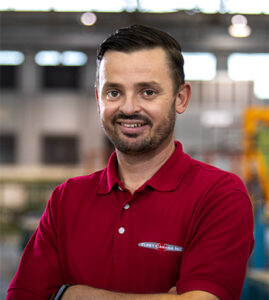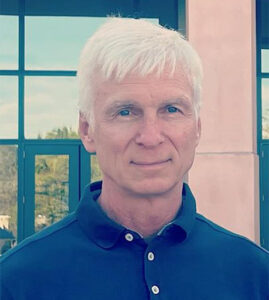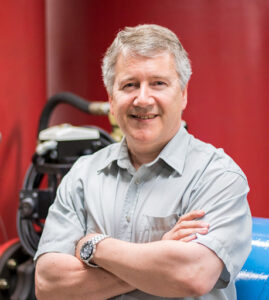
Contactless wear-free aircraftbrakes and drone medical delivery are among the first eight proposals selected by a fund established to provide financial support to small- and medium-size companies in Ontario, Canada, to advance the technology readiness of projects that could help reduce the environmental footprint of aerospace.
The projects led by southern Ontario companies have been selected by the Downsview Aerospace Innovation and Research (DAIR) Green Fund. In August 2022, the Canadian federal government invested up to C$2.6 million ($1.9 million) in the Green Fund through its post-pandemic Aerospace Regional Recovery Initiative.
Recipients include Toronto-based Aeroflux, which is developing wear-free contactless magnetic brakes for business, commuter and commercial aircraft. According to Aeroflux, the system uses eddy current braking, which works by inducing electric currents on the surface of a highly conducting disc subjected to a magnetic field. The electromagnetic repulsion between the surface currents and magnetic field creates a drag force on the disc that results in a braking torque.
DAIR funding will support development of an optimized alloy for aircrafteddy-current brakes. Aeroflux says existing alloys can perform the braking function but with limited success on life and consistent performance. The project aims to optimize an existing alloy or develop a new alloy that provides consistent performance and meets target life expectations in commercial applications.
Other recipients include:
- Metal finishing company Brampton Processing, which will develop a process to phase out the use of toxic hexavalent chromium compounds in anodizing and plating. The company plans to replace the compounds with less toxic trivalent chromium.
- Burloak Technologies will develop laser powder-bed fusion additive manufacturing of tungsten using locally sourced powder to produce balancing weights for helicopters rotors and other applications.
- Drone Delivery Canada’s Care by Air project involves the delivery of isotopes and other critical medical supplies by drone from the point of production to patients in hospital.
- HEBE Hydrogen will develop techniques to seal underground cavities for the storage of pressurized hydrogen for use as aircraftfuel.
- Horizon Aircraftwill develop the power distribution system for its planned hybrid-electric vertical-takeoff-and-landing vehicle.
- OVA will use its Phygital X extended-reality software to enable remote training for aerospace manufacturing and maintenance usingaugmented and virtual reality.
- Solid Ultrabattery will develop a solid-electrolyte lithium-ion battery for testing in small fixed-wing drones. The initial 5 Ah battery willtarget a 400 Wh/kg energy density and is planned as the building block for a larger battery than can power bigger electric aircraft.








